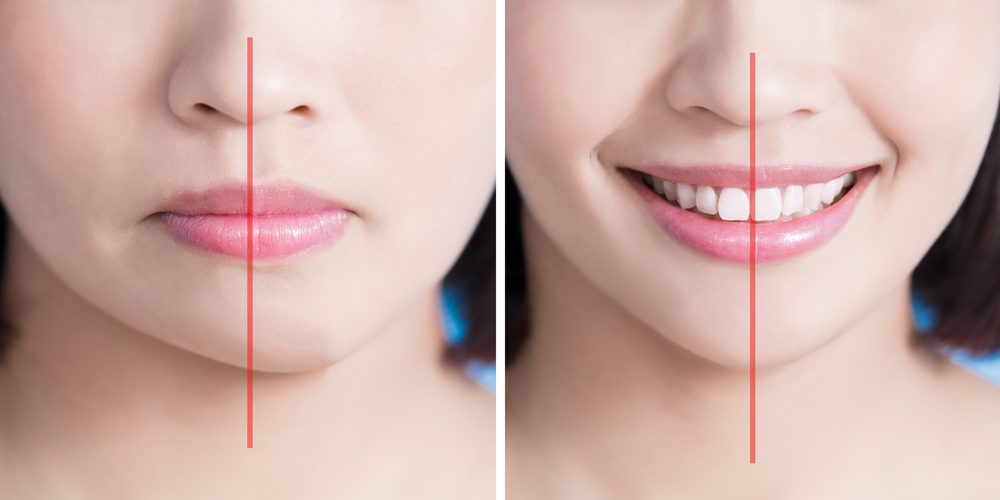Have a question about Aesthetics?
Me and my team will be happy to answer all your questions.
OTHER TREATMENTS
The inconsistency of the lower and upper jaw with each other and with other formations on the face (nose, eyes, cheeks) leads to problems for the external appearance and functions. These incompatibilities and disorders can be development-related or due to illnesses and accidents. These people; They have aesthetic, linguistic and nutritional problems. The branch of surgery that deals with the appearance and bite problems that occur due to the incompatibility of the upper and lower teeth is called orthodontic surgery.


Developmental jaw deformities can take many different forms,
• The face is longer or shorter than normal
• The gums are over-exposed while laughing (gummy smile deformity)
• Malposition (too far back) of the upper jaw (class 3 malocclusion)
• Malposition (too far forward) of the upper jaw (class 2 malocclusion)
• Malposition (too far forward) of the lower jaw (class 3 malocclusion)
• Malposition (too far back) of the lower jaw (class 2 malocclusion)
• The upper jaw is at the back, the lower jaw is at the front (class 3 malocclusion)
• Closure defects in the anterior teeth (anterior open bite)
• The deviation of the lower jaw (laterognat)
• Asymmetrical appearance of the chin and face
If the upper and lower jaws are out of tune, the upper and lower teeth usually do not compress properly, which leads to problems when eating the person and causes malocclusion. If the person has such a problem, i.e. if the upper and lower teeth do not press each other properly, the orthodontic (braces) treatment must be carried out for a sufficiently long time before the orthognathic operation. Braces treatment is a form of treatment that prepares the jaw for surgery by changing the tooth positions. To prevent the problem from recurring, braces treatment is continued for at least 6 months after the operation.
Me and my team will be happy to answer all your questions.